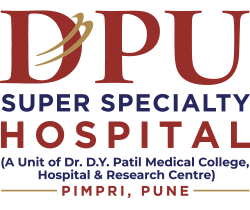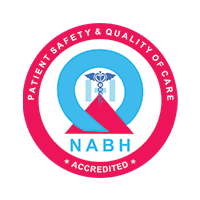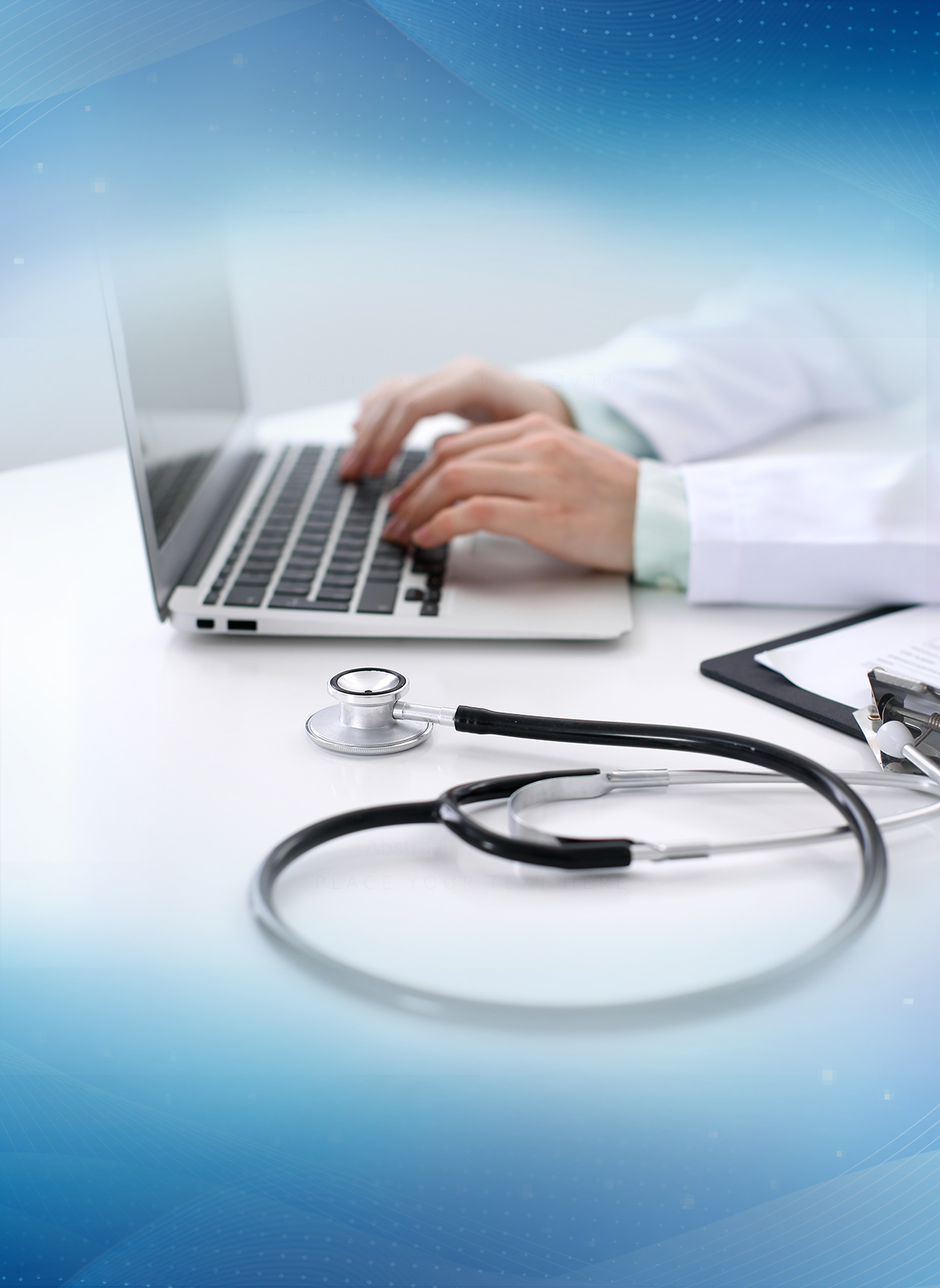The Role of Technology in Modern Emergency Care

Emergency and injury cases account for a significant 9-13% of all visits to healthcare facilities. In these high-pressure situations, where every second can mean the difference between life and death, the role of technology is becoming more critical than ever. The field of emergency medicine is experiencing a profound transformation, driven by cutting-edge technologies that are not just accelerating diagnostics and treatments but are revolutionising the entire approach to care.
Today, with the integration of advanced tools, emergency care hospitals are better prepared to handle urgent medical needs efficiently and effectively, ensuring that patients receive the best possible care at the most critical times.
Advanced Diagnostic Tools
In emergency medicine, the seconds following an incident are critical. The introduction of advanced diagnostic tools has been a game-changer, providing medical teams with the capability to make faster and more accurate assessments. Portable imaging devices, for instance, can now be brought directly to a patient’s side. These devices, such as handheld ultrasound machines, allow for immediate visualisation of internal injuries, making it possible for treatment to begin even before reaching the emergency room.
Moreover, the evolution of lab-on-a-chip technology means that blood tests, traditionally a time-consuming process, can now deliver results within minutes. These chips, compact enough to fit in the palm of a hand, can analyse everything from blood gases to complex biomarkers, providing critical data that can dictate immediate treatment decisions.
Telemedicine and Remote Monitoring
Telemedicine has taken centre stage, particularly highlighted by its indispensable role during the COVID-19 pandemic. In emergency care, telemedicine platforms facilitate consultations with specialists who might not be immediately available on-site. For example, a neurologist can remotely guide the treatment of a stroke patient via a video call, ensuring that the correct interventions begin without delay.
Remote monitoring technologies also stand out by allowing continuous care without the constant need for physical presence. Wearable devices can track vital signs like heart rate, blood pressure, and oxygen levels, alerting healthcare providers to potential issues before they become emergencies. This not only improves patient outcomes but also enhances the efficiency of emergency departments, which are often overwhelmed.
AI and Predictive Analytics
Artificial intelligence (AI) is one of the most exciting advancements in emergency care. AI algorithms are increasingly being used to predict patient trajectories, analyse trends, and suggest treatment options. For instance, AI can predict the likelihood of a patient developing sepsis, a life-threatening response to infection, which allows for preemptive treatment that can save lives.
Predictive analytics, a subset of AI, uses historical data and real-time inputs to forecast outcomes. This technology is particularly useful in predicting patient inflow in emergency departments, helping hospitals better manage resources and staff allocation. Moreover, AI-driven systems can prioritise incoming cases based on severity, ensuring that the most critical patients receive immediate care.
Future Trends in Emergency Care
Looking ahead, the integration of technology in emergency care is poised to become even more comprehensive. One promising area is the use of augmented reality (AR) and virtual reality (VR). These technologies could guide emergency medical technicians (EMTs) through complex procedures on the spot with real-time instructions projected through their AR glasses.
Another burgeoning field is the development of autonomous drones that could deliver life-saving equipment or medications to remote or hard-to-reach areas, drastically reducing response times. Moreover, as genomic medicine advances, emergency departments could be equipped to tailor treatments based on a patient’s genetic profile, ushering in a new era of personalised emergency medicine.
Wearable Tech and Its Expanding Role
Wearable technology is swiftly becoming an integral part of emergency medicine, extending far beyond fitness trackers to encompass sophisticated health monitors. These devices are equipped with sensors that detect abnormalities in physiological functions such as heart rhythms or respiratory rates.
For patients with chronic conditions, such as heart disease or diabetes, wearable tech can provide real-time data to healthcare professionals, alerting them to potential emergencies before they escalate. This proactive approach to health monitoring not only helps in managing ongoing health issues but also ensures quick intervention during critical moments, enhancing patient safety and outcomes.
Integration of Electronic Health Records (EHRs)
The digitalisation of patient records through Electronic Health Records (EHRs) has been transformative for emergency care. EHRs allow for seamless communication between different healthcare providers, ensuring that a patient's history, from allergies to previous surgeries, is instantly accessible.
This immediate access to comprehensive patient data reduces the incidence of medical errors and enhances the decision-making process in urgent care scenarios. Furthermore, EHRs support the use of big data in healthcare, enabling the analysis of vast amounts of health data to uncover trends, improve emergency care protocols, and even predict regional health crises before they occur.
Mobile Health Applications and Patient Empowerment
Mobile health applications are empowering patients by placing health management tools directly in their hands. These apps can provide guidance on basic emergency procedures, such as CPR or wound care, potentially saving lives before professional help arrives. Additionally, they can direct patients to the nearest emergency care facilities while notifying them about wait times and facility capabilities.
For chronic patients, these apps offer reminders for medication, track health progress, and even connect them directly with their doctors through in-app messaging systems. By empowering patients to take charge of their health, mobile apps are not only improving individual outcomes but are also optimising the workflow of emergency departments by potentially reducing unnecessary visits.
Conclusion
As we look towards the future, it’s clear that technology will continue to play a pivotal role in shaping the landscape of emergency care. With each technological breakthrough, we move closer to a world where emergency responses are not only rapid but also more intuitive and effective.
For anyone walking into an emergency care hospital, these advancements mean not just faster care but smarter, more personalised treatment that could make the difference between life and death. In this ever-evolving field, the potential to save lives increases as technology continues to push the boundaries of what is possible in emergency medicine.
At DPU Super Specialty Hospital, we are at the forefront of integrating these technological advancements into our emergency care services. Our commitment to incorporating state-of-the-art diagnostic tools, AI-driven analytics, and telemedicine capabilities ensures that we provide cutting-edge care to our patients. We understand that in emergencies, every second counts, and our use of technology is geared towards making each of those seconds more effective.








